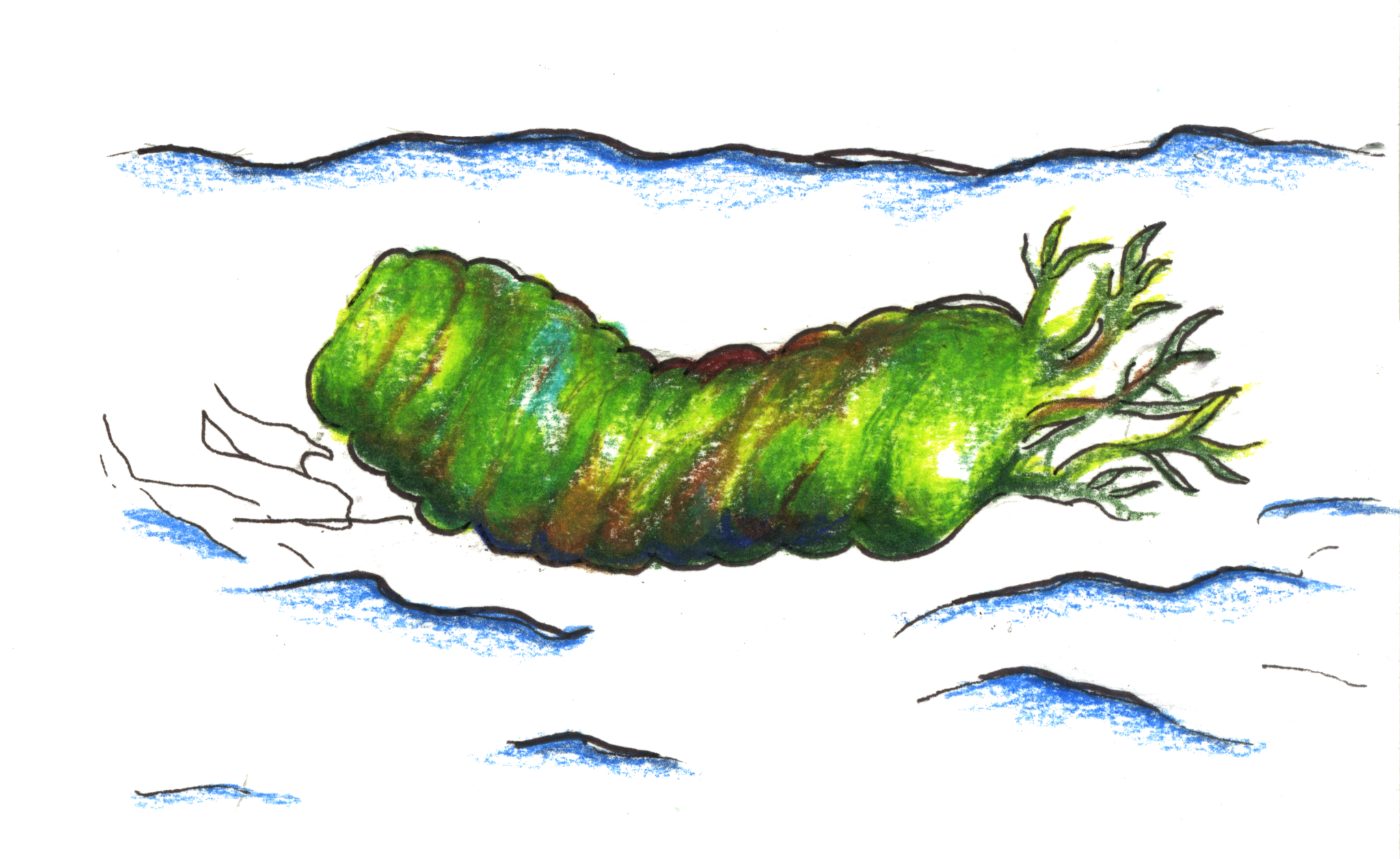
Joy Lian
Sollasina cthulhu’s last moments of life were far from glamorous. Buried alive under heaps of volcanic ash, the aquatic tentacled creature lacked the strength to save itself. It spent the next 430 million years encased in rock on the border of what is now Wales and England.
That is, until the early 2000s, when researchers collected hundreds of these oval-shaped rocks — including Sollasina’s — in hopes of finding new species. But when a team in England released Sollasina cthulhu, now fossilized, from its stone cage, they were not able to appreciate its significance because they lacked the technology to do so.
It was only when a group of researchers from Yale, Oxford, the University of Southern California, the University of Leicester and Imperial College London ground the fossil 30 microns at a time and created a three-dimensional model that they realized what they had found. Not only was Sollasina the first specimen of a new species, it was also incredibly well-preserved. According to a new study published in Proceedings of the Royal Society B on April 10, the team was even able to trace its evolutionary tree to the modern sea cucumber.
For first author and Oxford Museum of Natural History Deputy Head of Research Iman Rahman, Sollasina’s digital recreation reminded him of the H.P. Lovecraft sea monster called Cthulhu that is said to one day rise from his ancient sunken city in the Pacific Ocean to rule the world.
“There’s this idea of having lots of tentacle-like appendages covering the body. It’s just something that resonated with me,” he said. “[The name] really was from my own geekiness, I suppose.”
Contrary to its species name, Sollasina cthulhu posed no mortal danger to large animals. And while both the Lovecraft’s mythical beast and Sollasina share tentacles, the fossil was only a few centimeters wide. Before its brutal death, Sollasina used its 45 tube-like tentacles to scuttle across the ocean floor and scoop tiny bits of food into its beak. Cthulhu the Great Old One of R’lyeh, on the other hand, is described as a colossal beast that can telepathically communicate with humans who dare to approach him.
“I don’t think [Sollasin] would have been very fierce unless you happened to be a tiny marine invertebrate living on the seafloor,” Rahman said. “We believe that Sollasina was most likely feeding on things like algae on the sediment surface or maybe decomposing animals on the seafloor.”
Still, he added that the discovery provided a wealth of new knowledge to a branch of paleontology that does not usually come across fossils with well-preserved innards. Because of Sollasina’s quick burial, ancient scavengers of the Silurian Period could not decompose its tiny body. The researchers took advantage of its good condition and identified parts of a hydraulic system within the organism’s shell that were previously unknown to science.
According to professor of geology and geophysics and curator of the Yale Peabody Museum of Natural History Derek Briggs, the three-dimensional model of Sollasina helped to trace key evolutionary changes between the sea cucumber of today and its prehistoric ancestor.
“[It] provides evidence of the ancestry of this group and shows that the evolution of sea cucumbers involved the reduction of the skeleton over time,” he said.
The fossil of Sollasina cthulhu was sacrificed in the imaging process. Since X-rays and other non-destructive imaging techniques can not differentiate between rock and fossil, Rahman said that his team’s only option was to grind away at the specimen and take detailed pictures every 30 microns. The computer model they created now serves as the official reference specimen for all future paleontologists to compare their samples.
Despite Sollasina cthulhu’s unique qualities, the fossil’s condition was far from unique. The same ash cloud that buried this organism may have also led to the preservation of hundreds of other ancient sea-dwellers in the area. In fact, Briggs said that together with his colleagues in the U.K., the group has published around 40 papers on fossils from the same deposit.
“We have many more animals from the deposit to reconstruct and investigate,” he said.
Matt Kristoffersen | matt.kristoffersen@yale.edu







